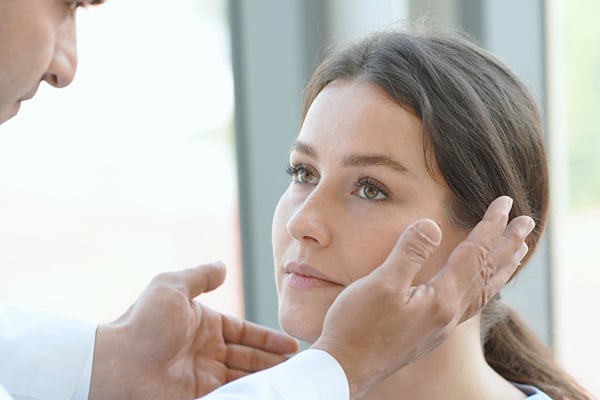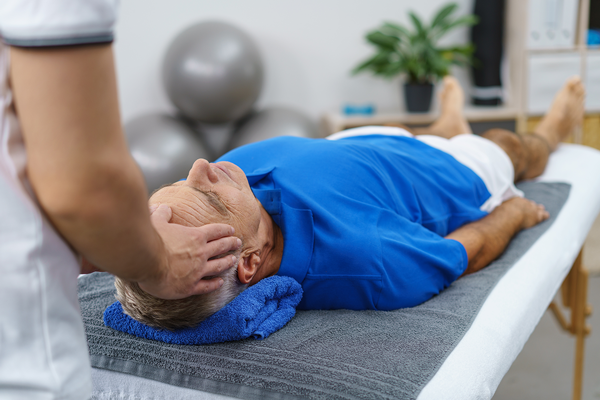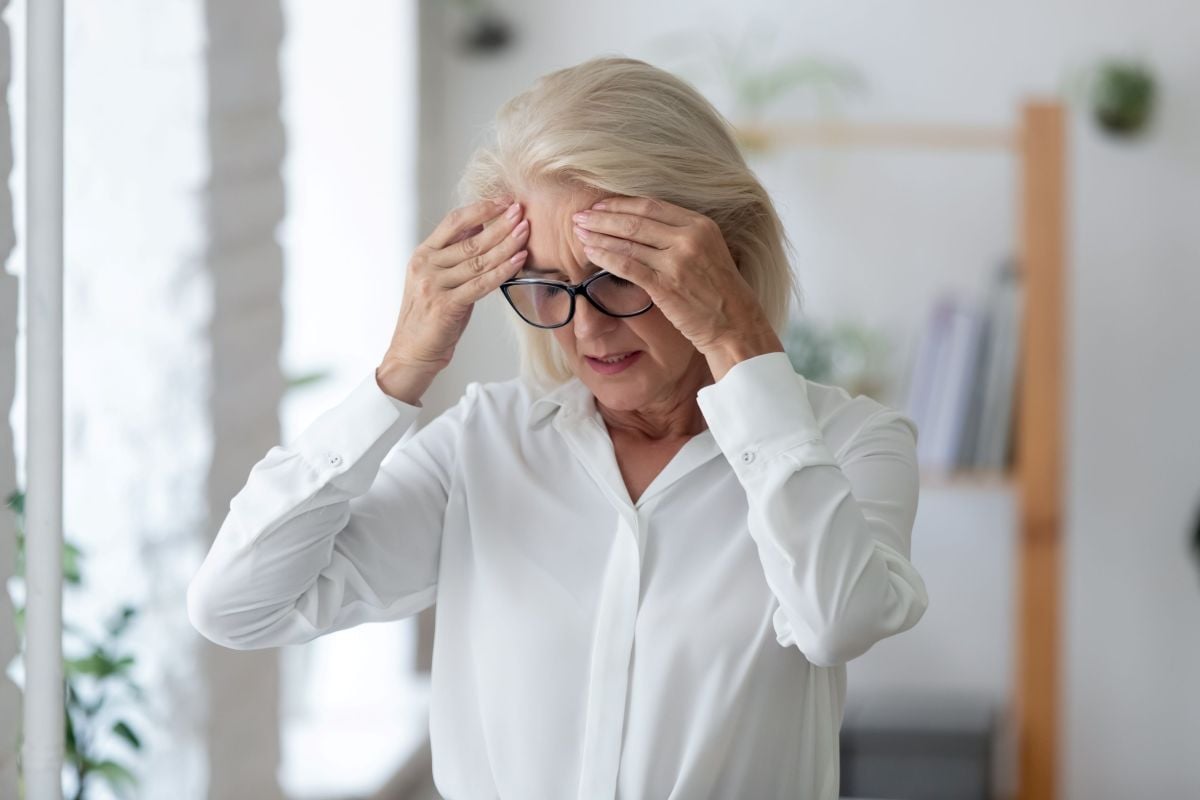
BPPV, the most common cause of vertigo webinar Q&A
Benign Paroxysmal Positional Vertigo (BPPV) is one of the most common causes of dizziness and vertigo. On September 22 2022, two of Lifemark’s vestibular therapists gave a very well attended webinar on this topic. If this is the first time you’re hearing about this condition, I recommend you listen to the webinar recording here or read this blog post to learn more about it.
We answered as many of the attendees’ questions during the webinar as time permitted, but there were many more great questions that went unanswered so I’m happy to do so here!
Q&A: BPPV symptoms & conditions
1. Can BPPV happen in children?
While there are a few reported cases in children, positional vertigo in this group is more typically from Benign Positional Vertigo of Childhood (BPVC), which is thought to be related to migraine instead.
2. Can you hear the crystals moving?
Nothing in the mechanics of BPPV should create an auditory stimulus. If you experience some hearing change with the vertigo then an alternative diagnosis should be considered.
3. Is BPPV related Meniere’s Disease or Migraine?
BPPV is more common in people with either of these conditions. It should be mentioned that Vestibular Migraine can also be quite good at mimicking BPPV, but the mechanics are not the same. In those cases it would be important for the vestibular therapist to use an infrared camera to have a close look at the nature and behaviour of the positional eye movements taking place during the positional vertigo to see if it is really consistent with BPPV or not, because if not it would not be expected to change with treatment.
4. Are there other conditions that mimic BPPV?
Yes. Above I mentioned that while those with vestibular migraine can have more incidences of actual BPPV, migraine can also mimic BPPV, where people can have dizziness and eye movements reproduced by certain head positions but it’s not actually from crystals being out of place.
Other conditions that can mimic BPPV are stroke, brain tumors/malformations, other inner ear pathologies like superior canal dehiscence or perilymphatic fistula, cardiovascular problems, and panic attacks.
It is important to see someone experienced in assessing BPPV so that they can make sure that your symptoms and findings truly support a diagnosis of BPPV. Your healthcare provider should also consider other diagnoses if your BPPV is not responding after a small number of treatment maneuvers.
5. Does BPPV also include vision going dark or spots in my vision?
Other than making it look like your surroundings are moving, BPPV should not create any other visual disturbances, so an alternate diagnosis should be considered.
6. Can BPPV be so severe that it lasts for 12 hours with severe vomiting and nausea where you cannot stand or sit up at all?
This scenario would suggest a different diagnosis, with one possibility being an inner ear infection if it was a one-time event, another being a Meniere’s attack particularly if there is hearing disturbance as well and it is episodic. Other possibilities could be vestibular migraine or stroke. Vertigo from BPPV should be brief (less than a minute) after you’ve completed an offending movement or gotten your head out of a provoking position.
It will not give you hours of vertigo or vertigo that isn’t provoked by certain head movements/positions. It can certainly give nausea though, occasionally to the point of vomiting especially in the early stages.
7. Is it common to have neck/shoulder pain with BPPV?
BPPV does not cause neck/shoulder pain, however if a person is tensing up to avoid head movement, this could result in some discomfort to those areas as a secondary effect.






